.jpg)
Henri J. Oger là một nhà quản lý thuộc địa ở Đông Dương thuộc Pháp với sự ngưỡng mộ sâu sắc đối với người dân và văn hóa Việt Nam, hay Annam, như người Pháp khi đó gọi nó.
Năm 1908−9, ông đưa các nghệ sĩ và thợ chạm khắc gỗ đến thăm 36 đường phố Hà Nội và vùng nông thôn xung quanh để ghi lại văn hóa vật chất, phương thức sản xuất và tập quán văn hóa của người dân. Các nghệ sĩ đã phác thảo 4.200 cảnh và tạo ra các bản khắc gỗ, từ đó các bản in được thực hiện. Oger đã lắp ráp các bản in để tạo ra Technique du peuple Annamite (Kỹ thuật và nghề thủ công của người Annam). Toàn bộ tác phẩm bao gồm các hình minh họa có chú thích được viết bằng tiếng Việt. Các đối tượng bao gồm các nghề truyền thống như nông nghiệp, thương mại, làm giấy, điêu khắc, ẩm thực, xây dựng, bói toán, hội họa, và thuốc dân gian; đám cưới, đám tang, thờ cúng và các ngày lễ quan trọng, như Tết Nguyên đán; và các hình thức giải trí, như đá gà đưa đón, chơi bài, hát dân ca, thả diều và bắt bướm... Được giới thiệu ở đây, từ bộ sưu tập của Thư viện Quốc gia Việt Nam, là một bộ tác phẩm phụ của Oger. Bản sao này được ký bởi Oger trên trang bìa và được trình lên tổng thống của Đông Dương thuộc Pháp, Albert Pierre Sarraut.
Source: www.wdl.org
TLKV dịch
---
Mechanics and Crafts of the People of Annam
Henri J. Oger was a colonial administrator in French Indochina with a deep admiration for the people and culture of Vietnam, or Annam, as the French then called it. In 1908−9 he commissioned artists and wood carvers to visit the 36 streets of Hanoi and the surrounding countryside in order to document the material culture, methods of production, and cultural practices of the common people. The artists sketched 4,200 scenes and produced wood engravings from which prints were made. Oger assembled the prints to create the multivolume Technique du peuple Annamite (Mechanics and crafts of the people of Annam). The entire work consists of the illustrations with annotated captions written in Vietnamese demotic script. The subjects covered included such traditional occupations as agriculture, commerce, paper making, sculpture, gastronomy, construction, fortune-telling, painting, and folk medicines; weddings, funerals, worship, and important holidays, such as the lunar Tet festival; and forms of entertainment, such as shuttle-cock kicking, card playing, folk song singing, kite flying, and butterfly catching. Shown here, from the collections of the National Library of Vietnam, is a volume of Oger’s work. This copy is signed by Oger on the cover and presented to the governor-general of French Indochina, Albert Pierre Sarraut.
.jpg)
.jpg)
.jpg)
.jpg)
.jpg)
.jpg)
.jpg)
.jpg)
.jpg)
.jpg)
.jpg)
.jpg)
.jpg)
.jpg)
.jpg)
.jpg)
.jpg)
.jpg)
.jpg)
.jpg)
.jpg)
.jpg)
.jpg)
.jpg)
.jpg)
.jpg)
.jpg)
.jpg)
.jpg)
.jpg)
.jpg)
.jpg)
.jpg)
.jpg)
.jpg)
.jpg)
.jpg)
.jpg)
.jpg)
.jpg)
.jpg)
.jpg)
.jpg)
.jpg)
.jpg)
.jpg)
.jpg)
.jpg)
.jpg)
.jpg)
.jpg)





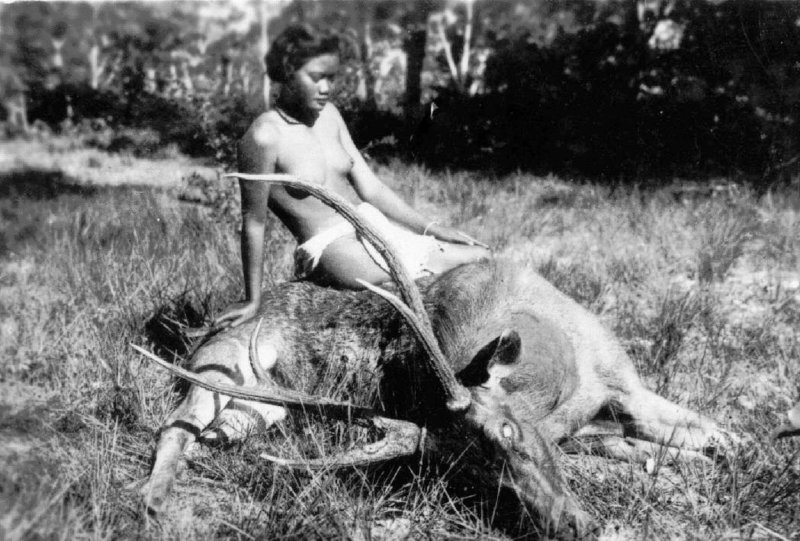
.jpg)

.jpg)
.jpg)
.jpg)
.jpg)
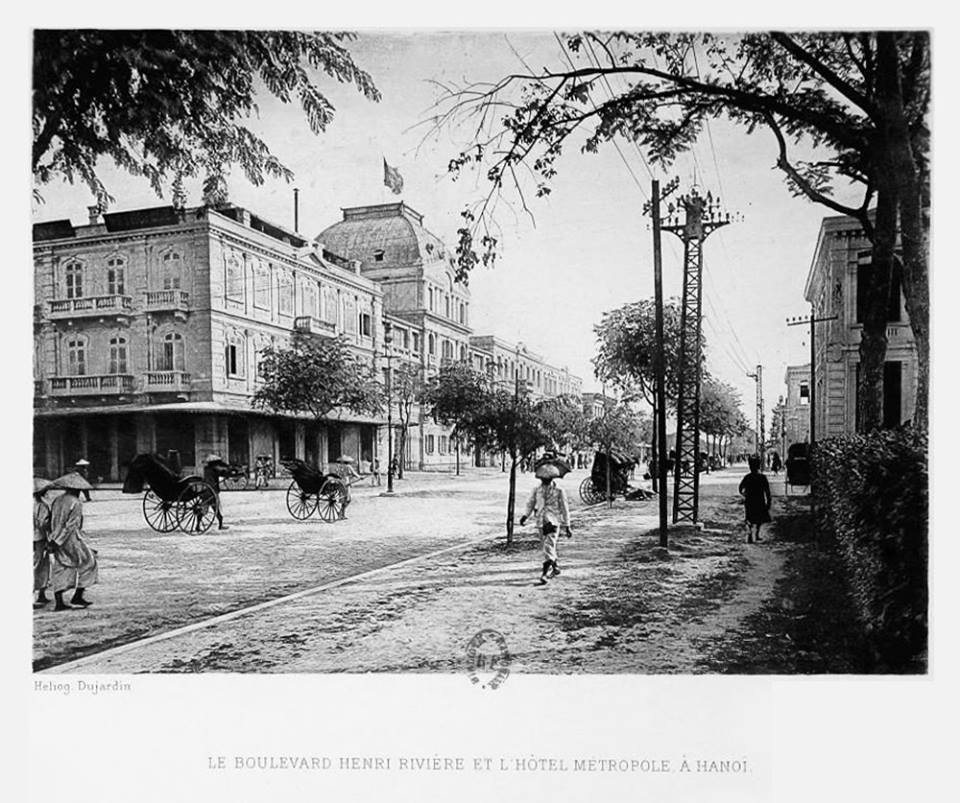
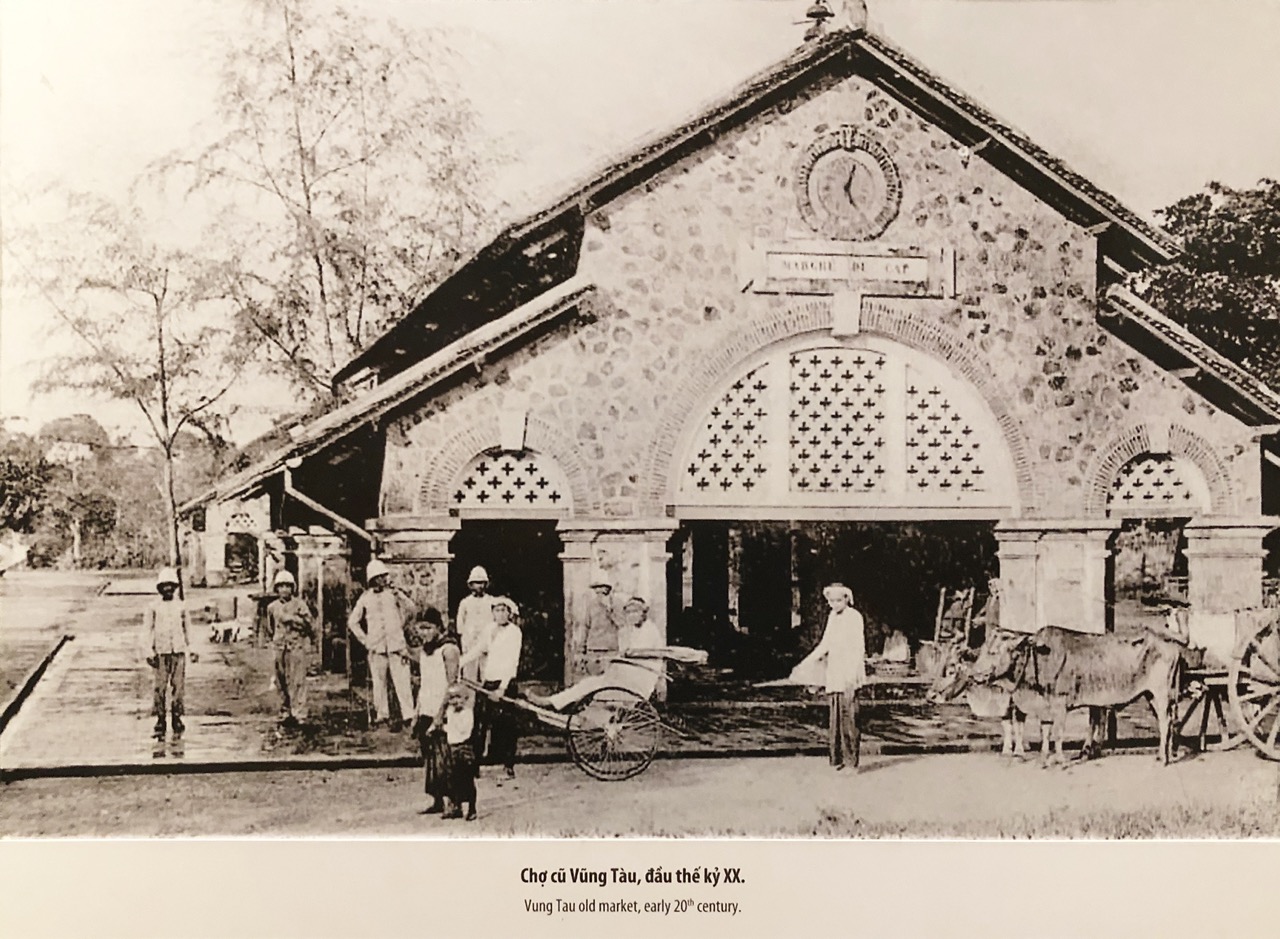
.jpg)
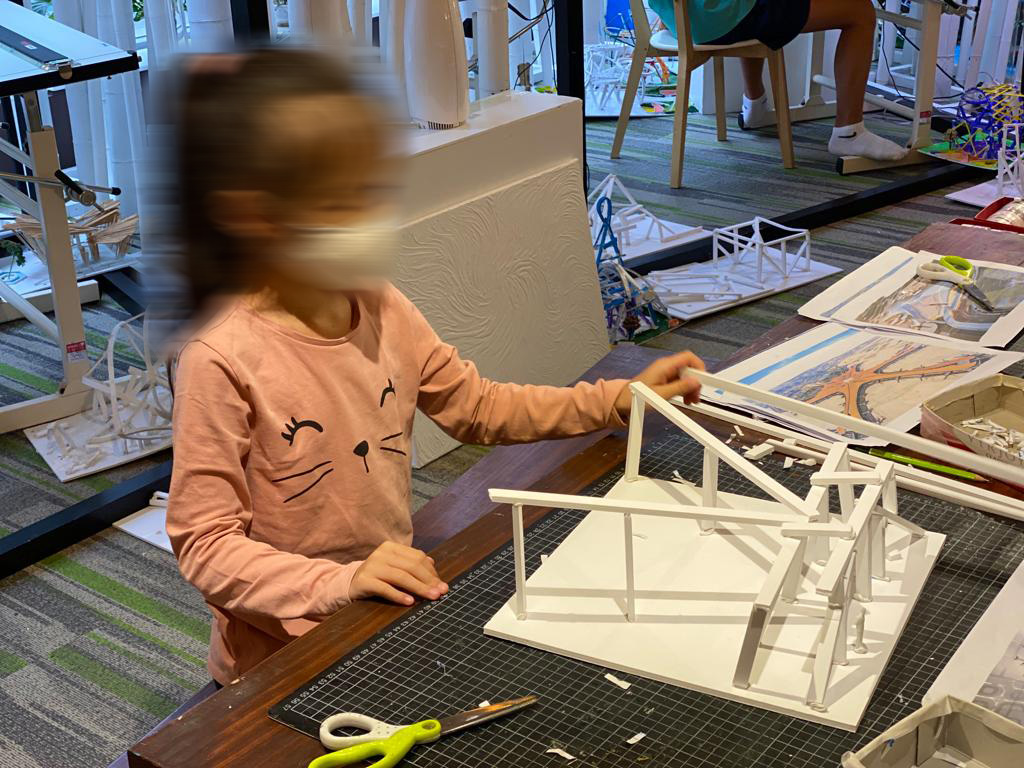
.jpg)
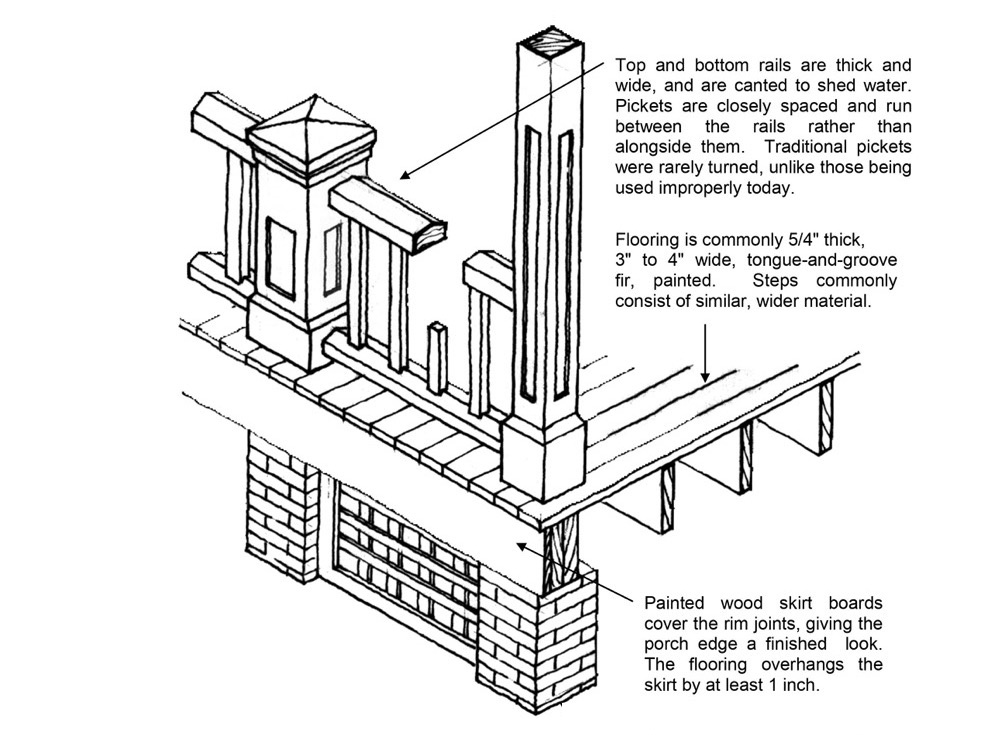
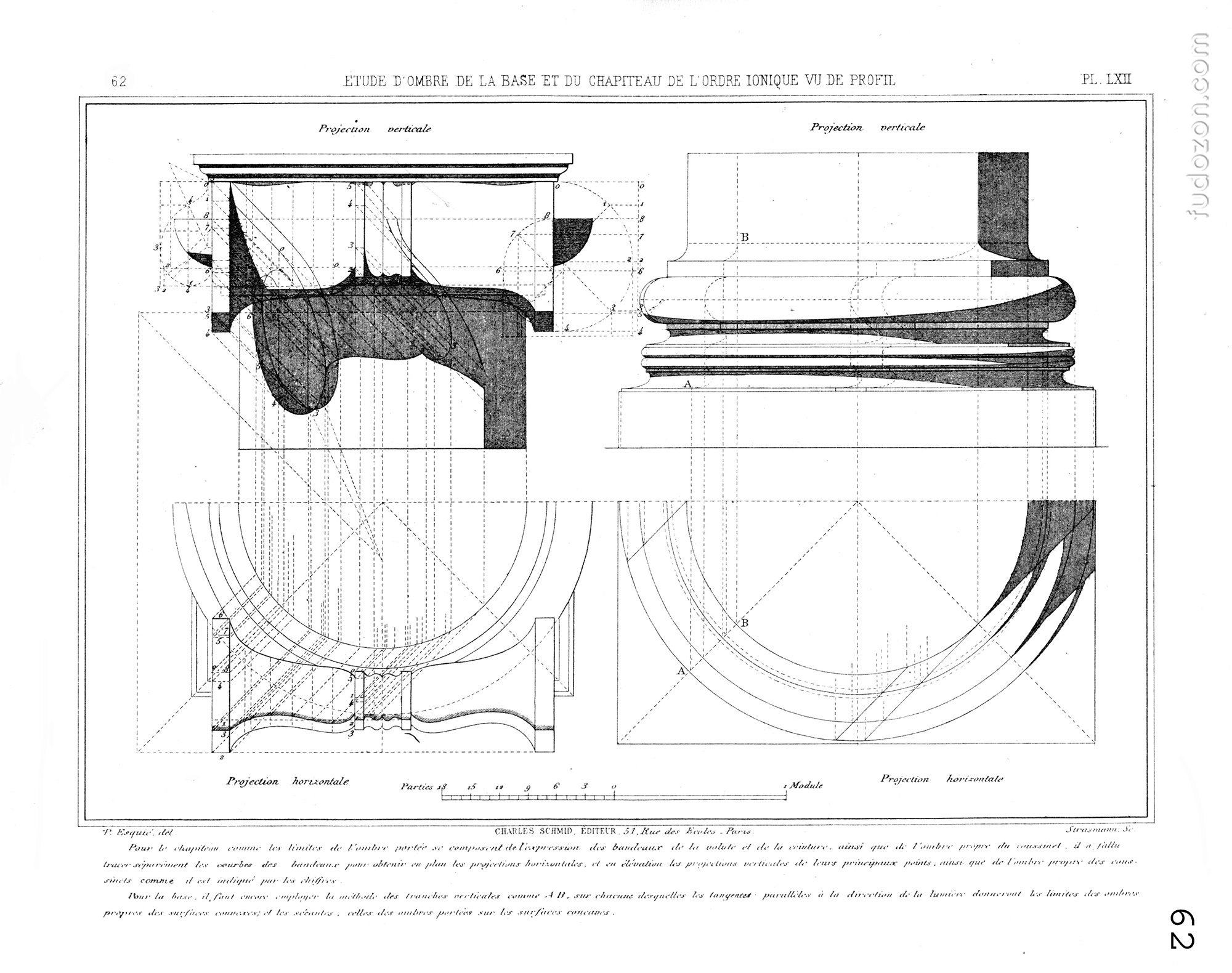
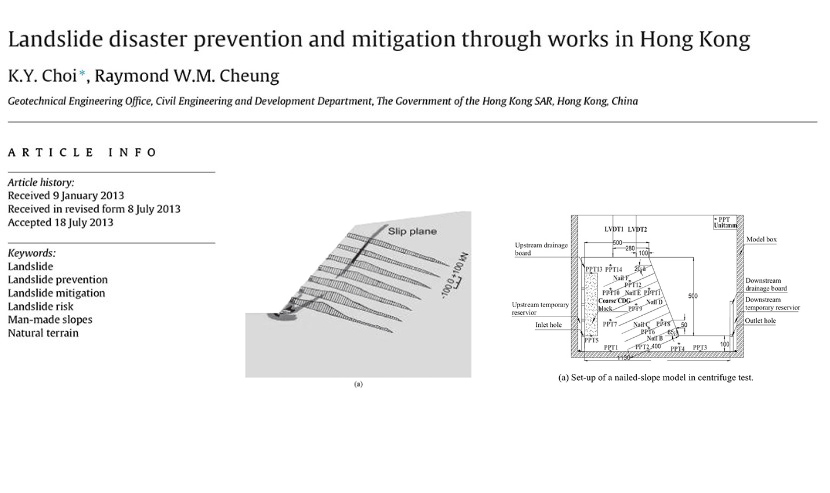
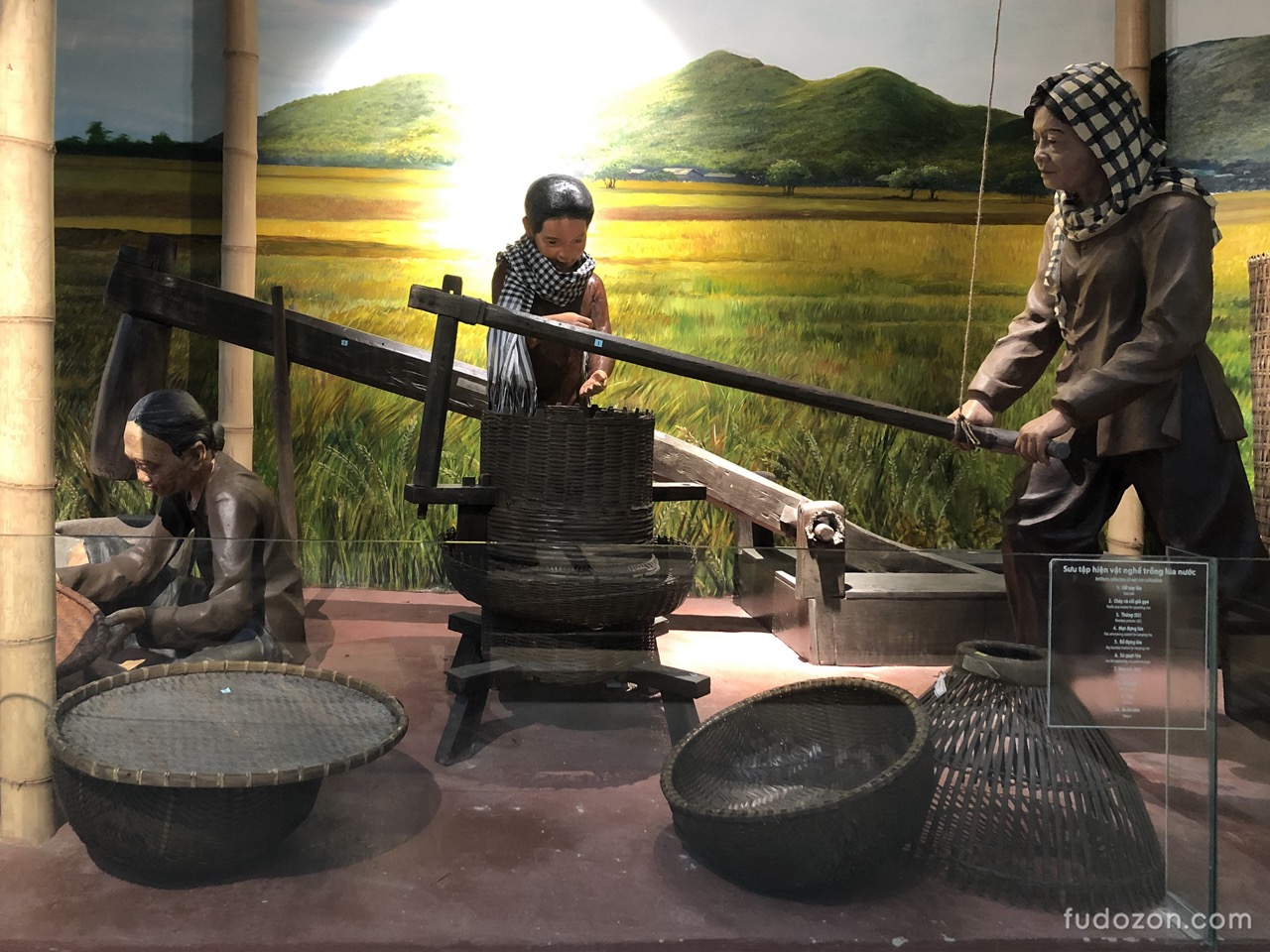
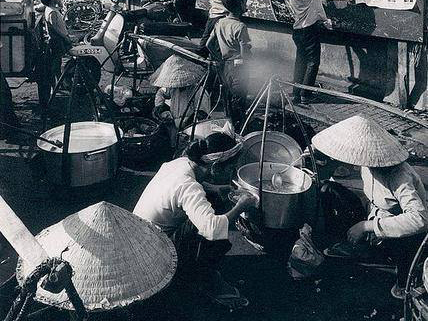
.jpg)
.jpg)
.jpg)
.jpg)
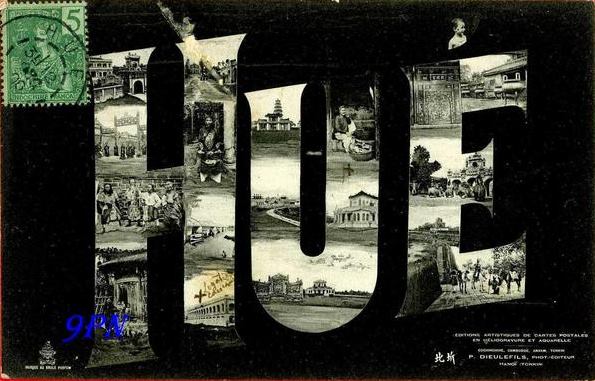
.jpg)
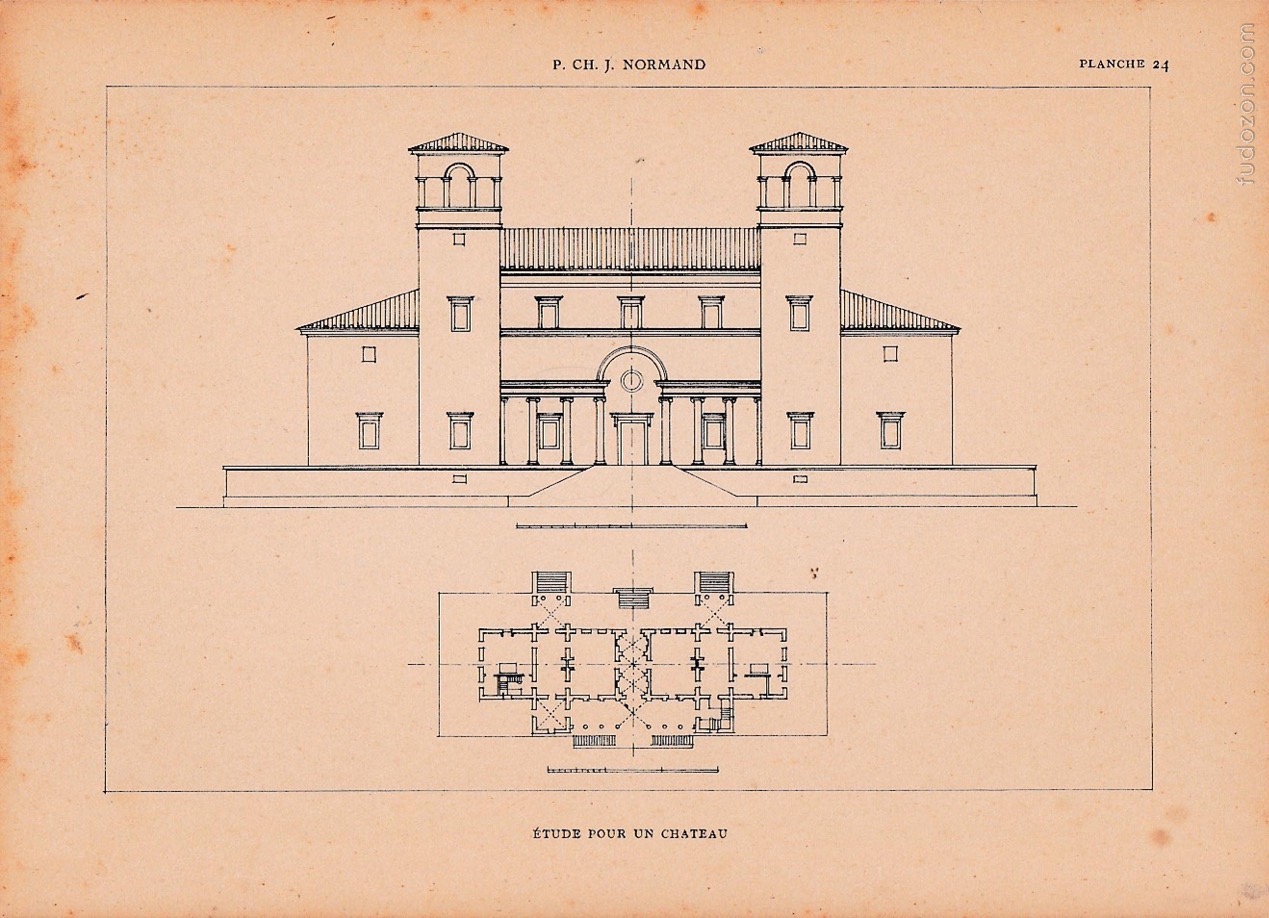
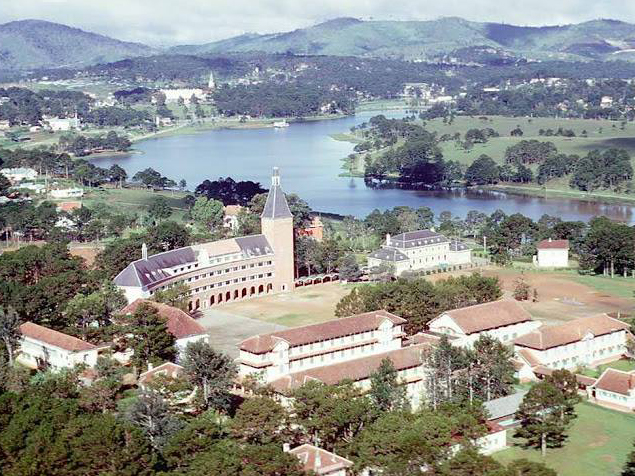
.jpg)
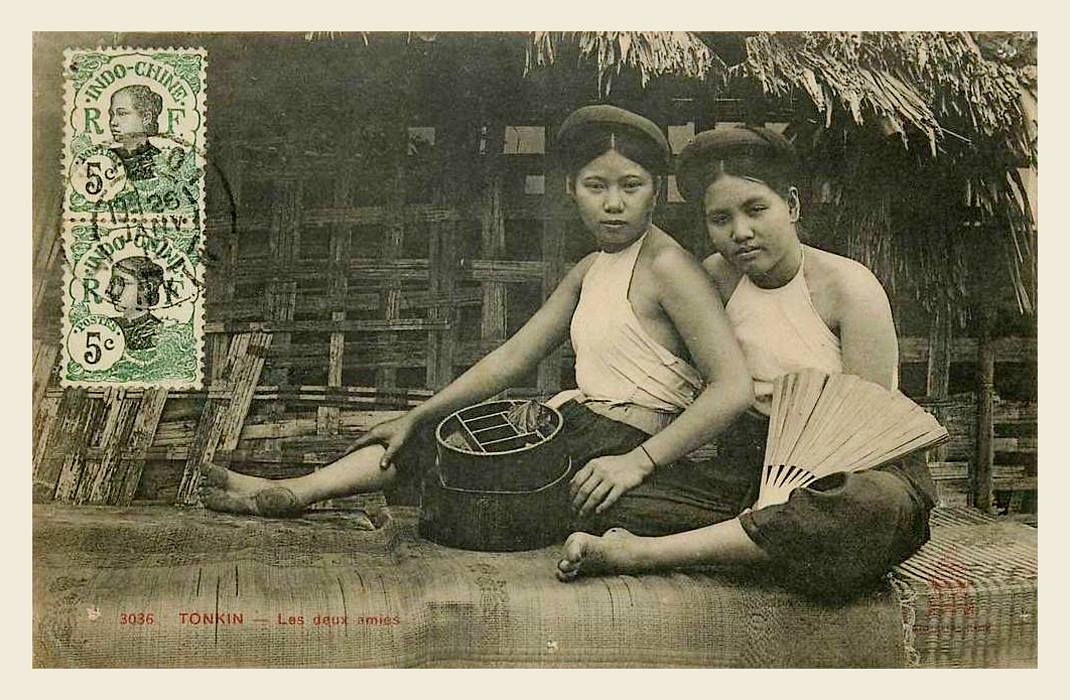
.jpg)
.jpg)
.jpg)
.jpg)
.jpg)
.jpg)
.jpg)
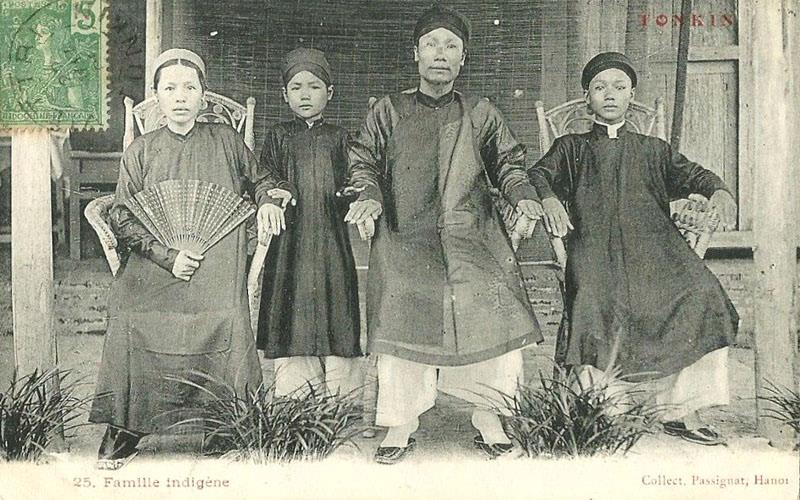
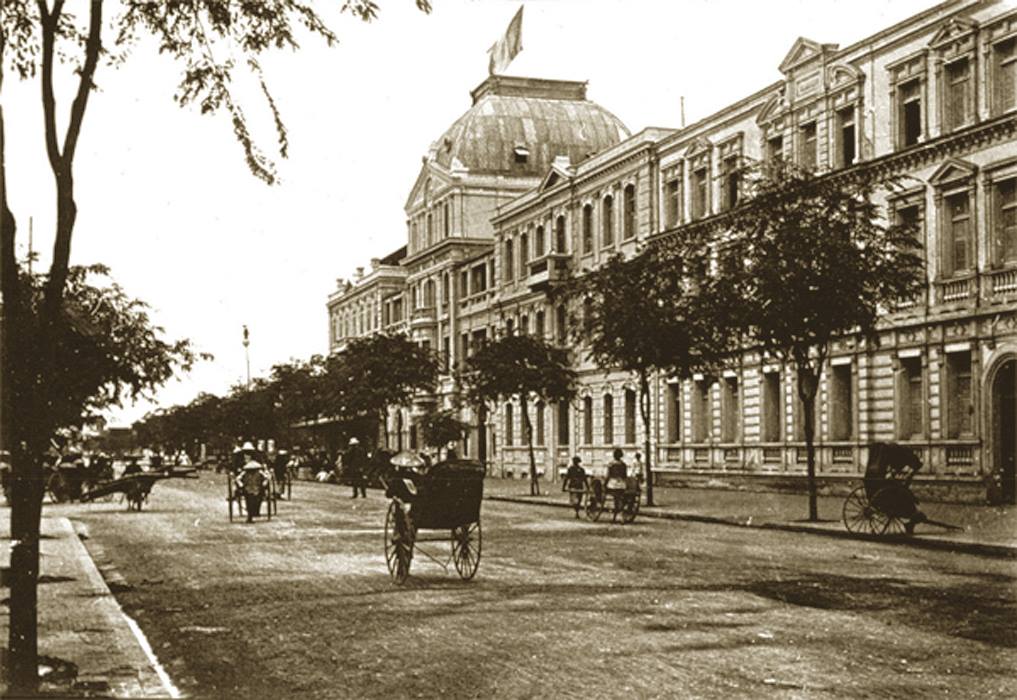
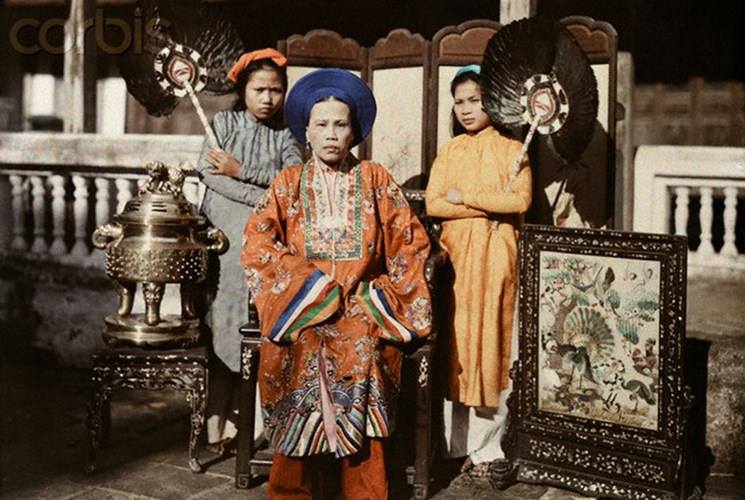
.jpg)

.jpg)
.jpg)
.jpg)
.jpg)
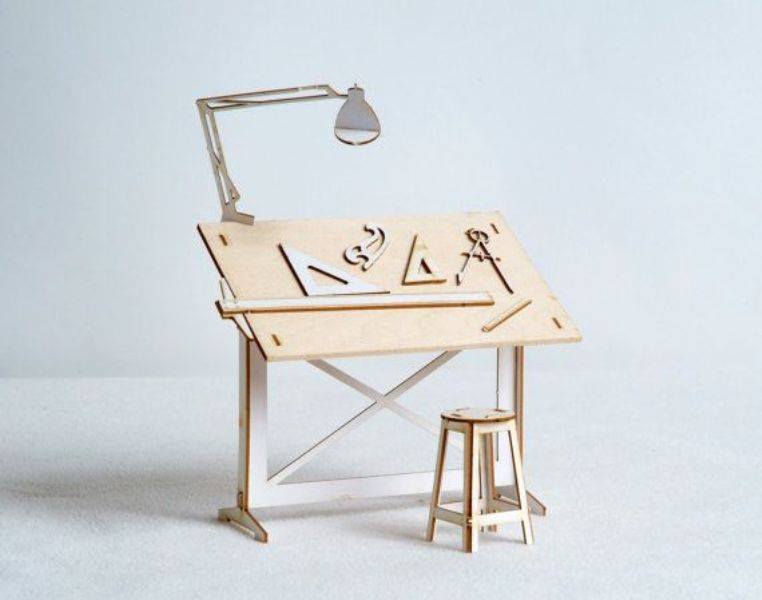
.jpg)
.jpg)
.jpg)
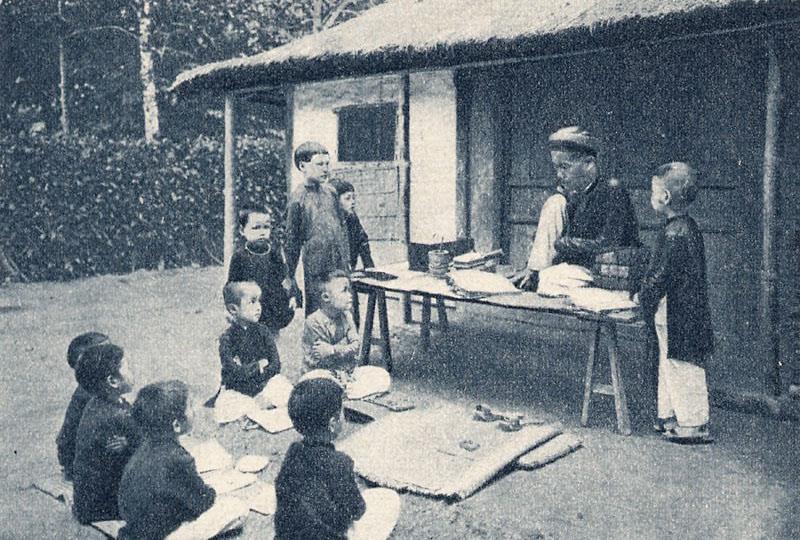
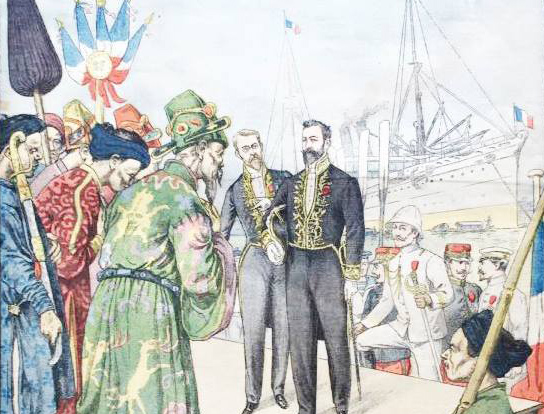
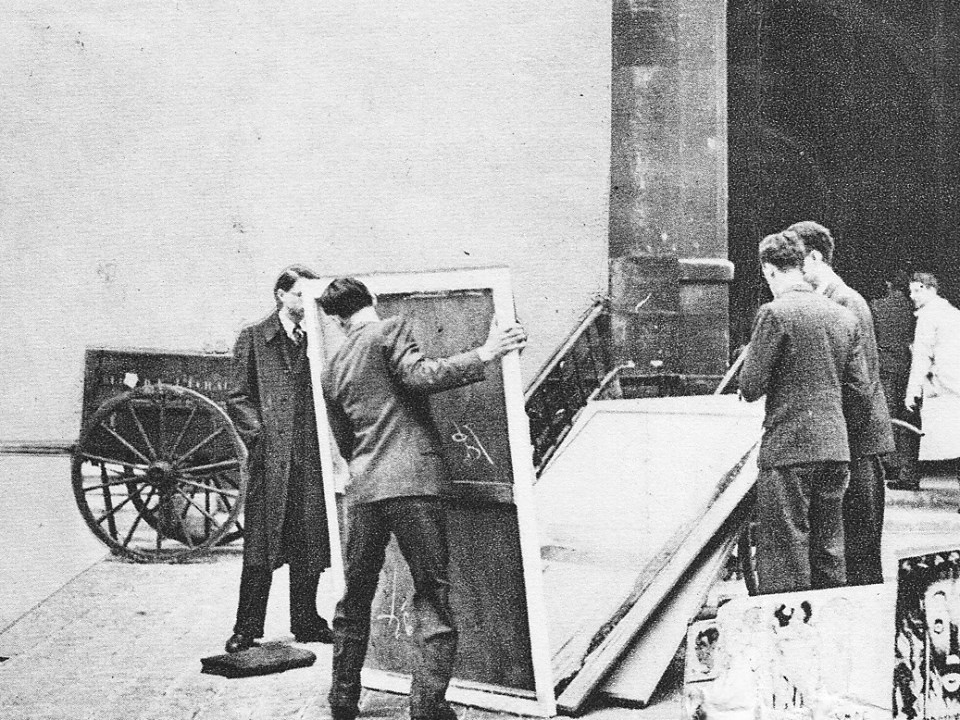
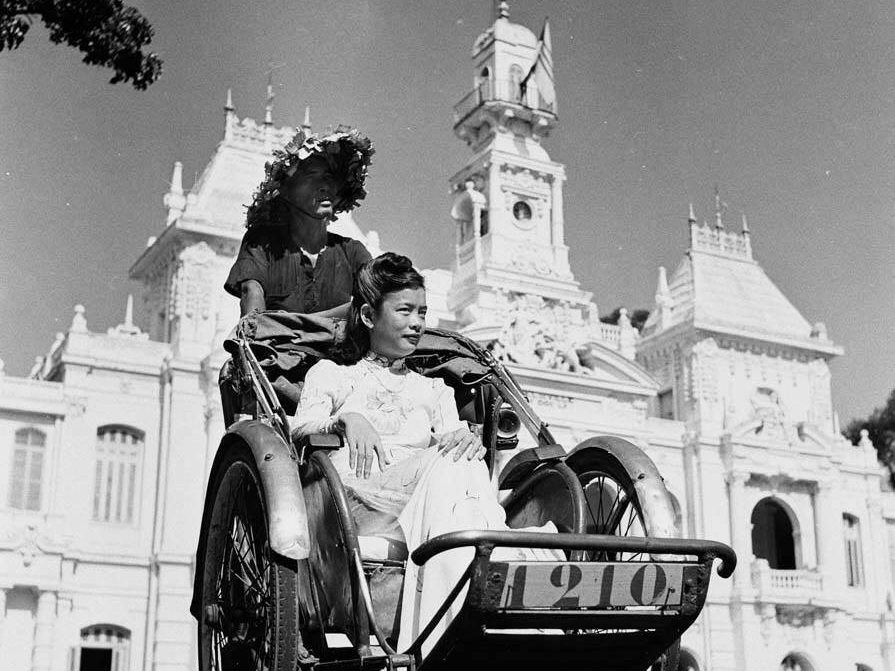
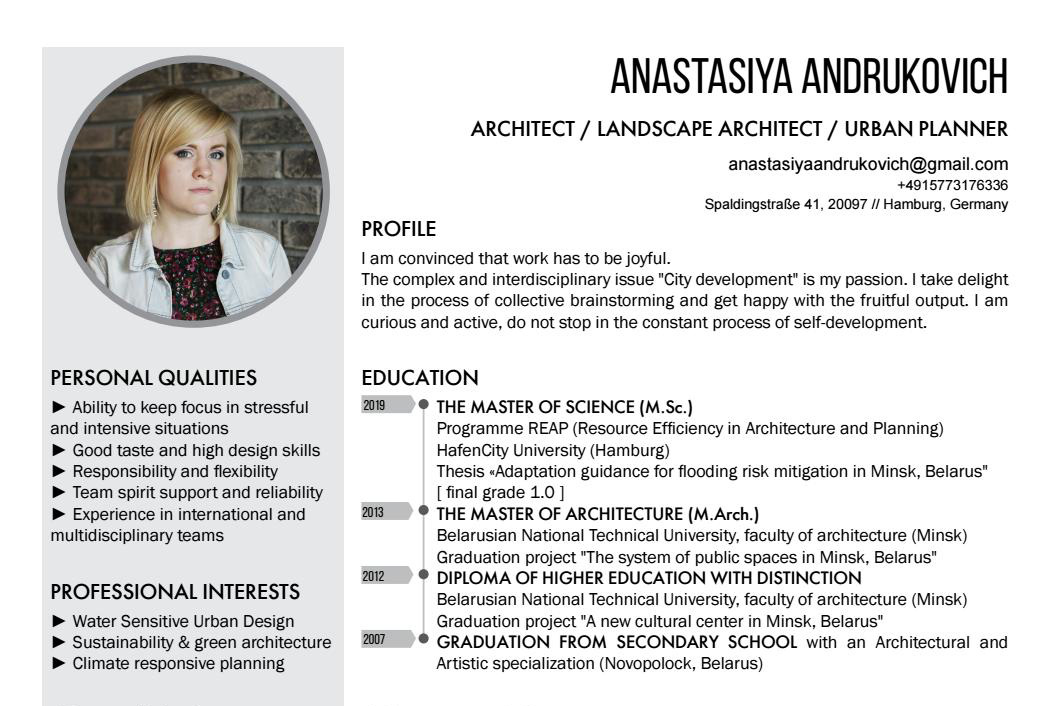
.jpg)
.jpg)
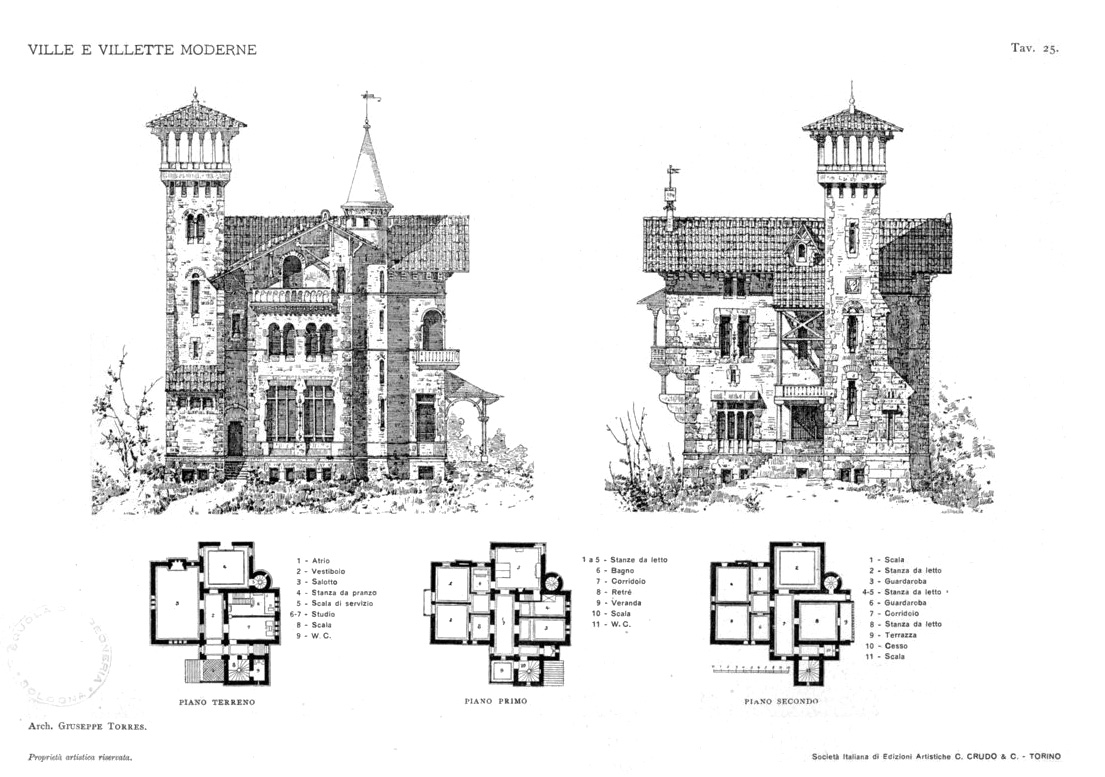
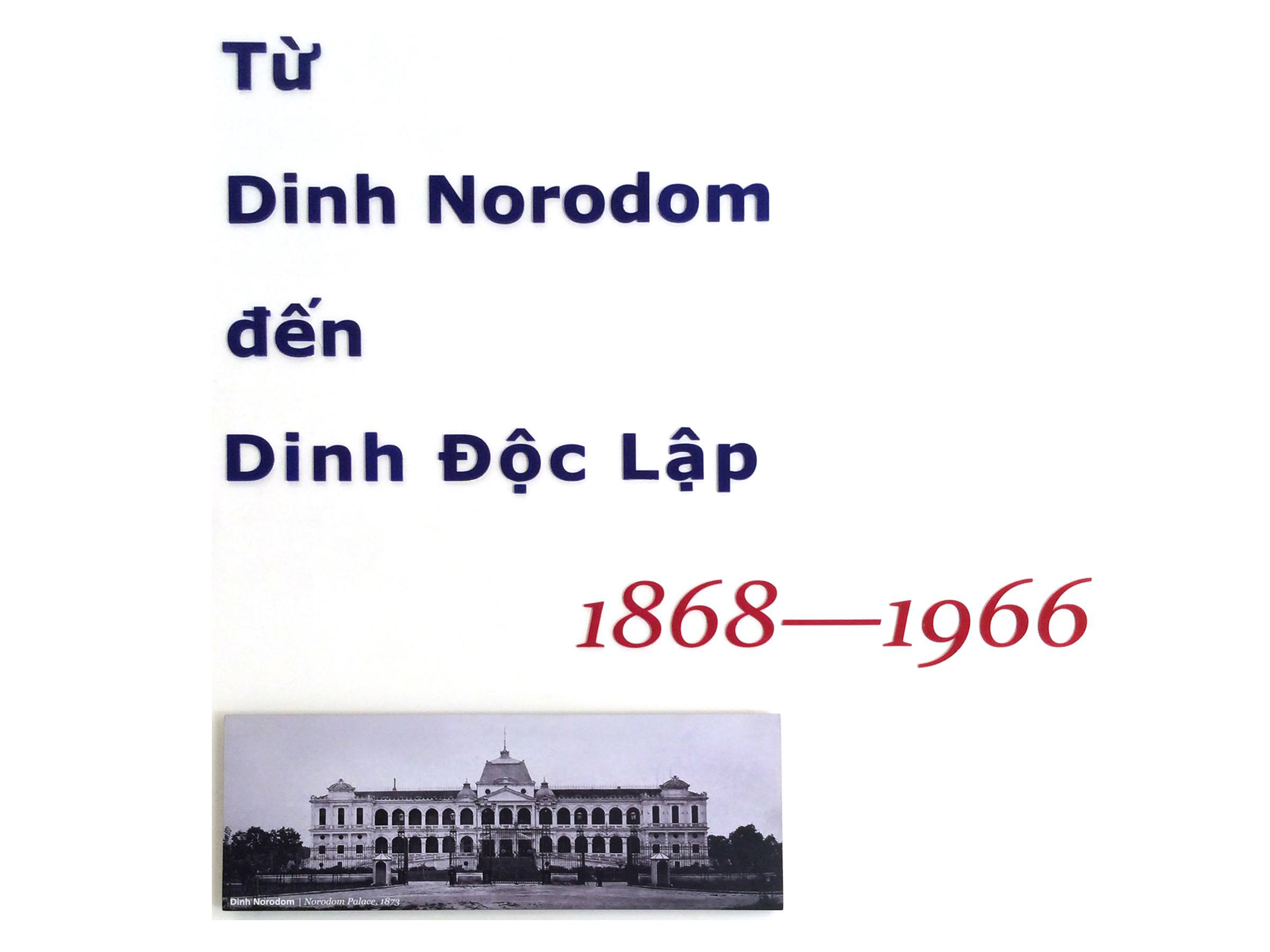
.jpg)
.jpg)
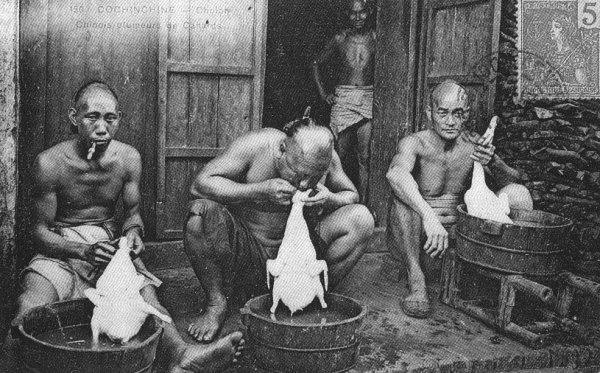
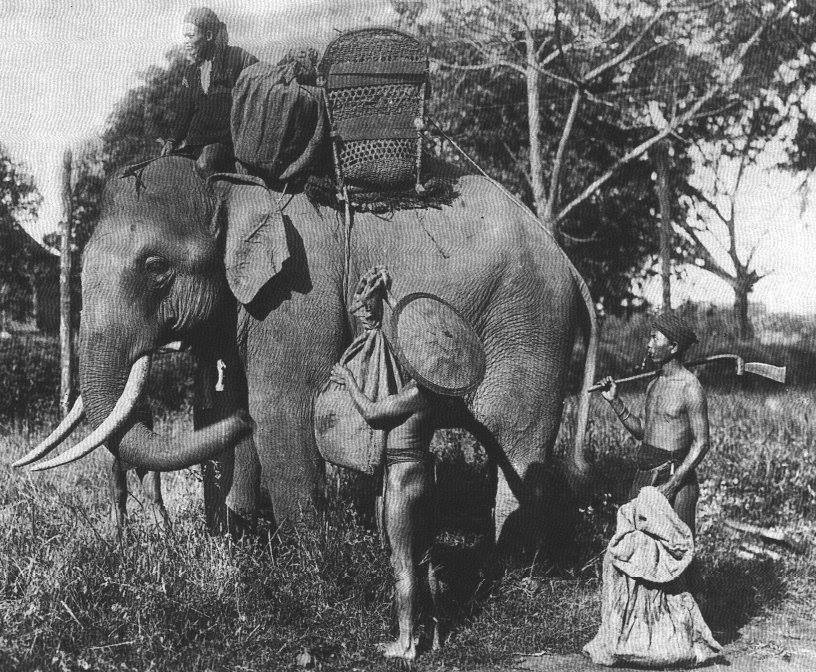
Bình luận từ người dùng